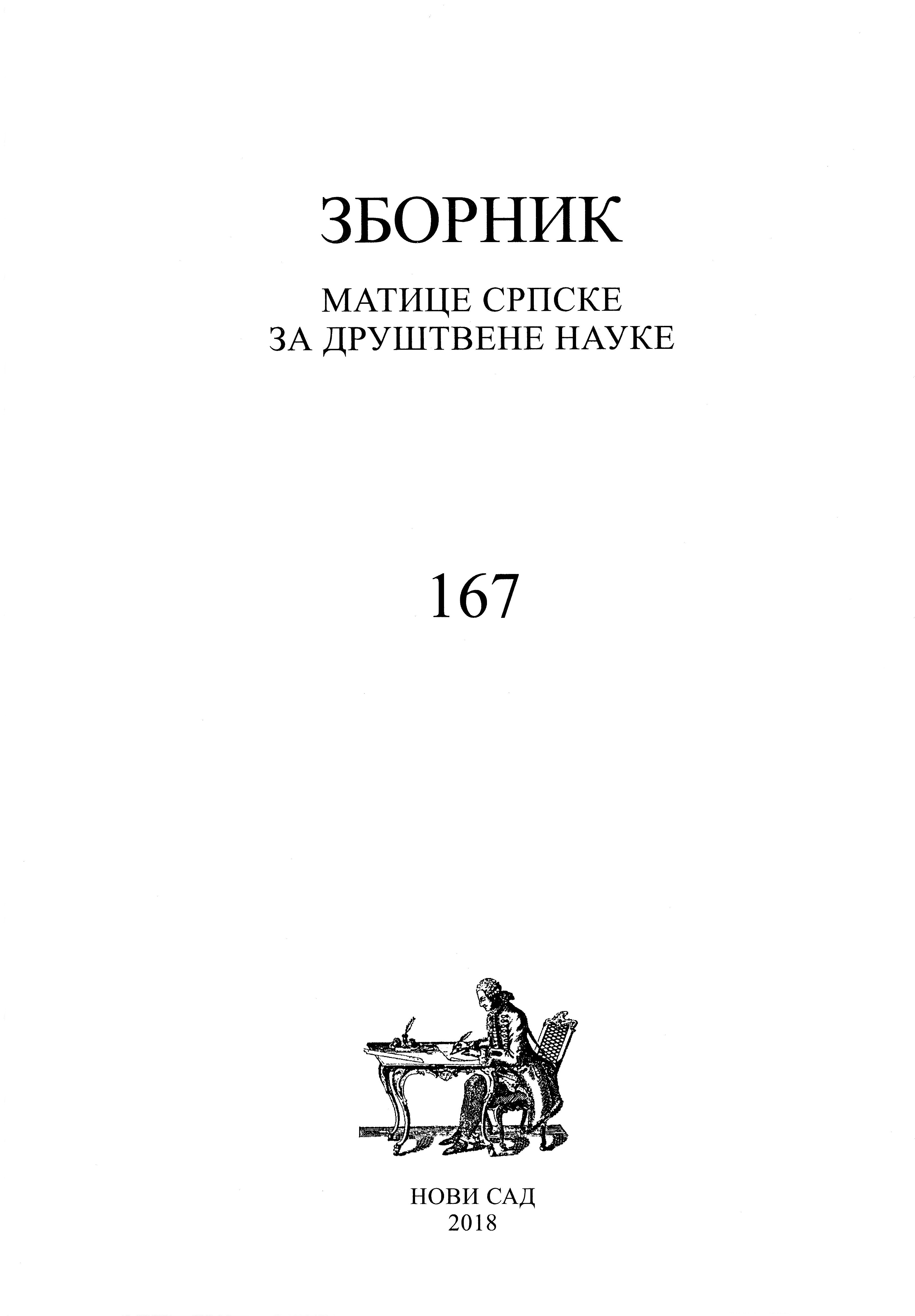Просторна димензија друге демографске транзиције у Србији
Spatial Dimension of the Second Demographic Transition in Serbia
Author(s): Daniela Arsenović, Vladimir Nikitović, Ivana MagdalenićSubject(s): Demography and human biology
Published by: Матица српска
Keywords: second demographic transition; fertility; non-marital fertility; regional differences; Serbia
Summary/Abstract: Current research of the second demographic transition (SDT) in Serbia is largely focused on its sociological dimension, particularly on changes related to family formation. On the other hand, understanding the spatial dimension of this process can help in understanding its further expansion, but also its nature outside the countries in which it was originally described, as the history of the first demographic transition showed it. The aim of this paper is to determine whether spatial patterns of recent changes (1991–2011) in fertility indicators in Serbia could have their foundation in SDT. For this purpose, regional differences in the diffusion of demographic innovations, measured by typical demographic indicators of SDT such as total fertility rate, mean age of women at childbirth and proportion of non-marital live births, were examined. Although the findings in terms of the spreading of low fertility and postponement of births may indicate that SDT drivers are at work in Serbia, those related to non-marital fertility suggest that this process may not be so straightforward, thus highlighting the similarity with the manifestation of SDT indicators in European post-socialist societies. It is unquestionable, however, that the transition between traditional and modern in terms of the reproductive regime in Serbia has its clear spatial dimension and its further research would greatly clarify the mechanisms and tempo of future changes and contribute to defining of adequate measures of population policy.
Journal: Зборник Матице српске за друштвене науке
- Issue Year: 2018
- Issue No: 167
- Page Range: 499-514
- Page Count: 16
- Language: Serbian

